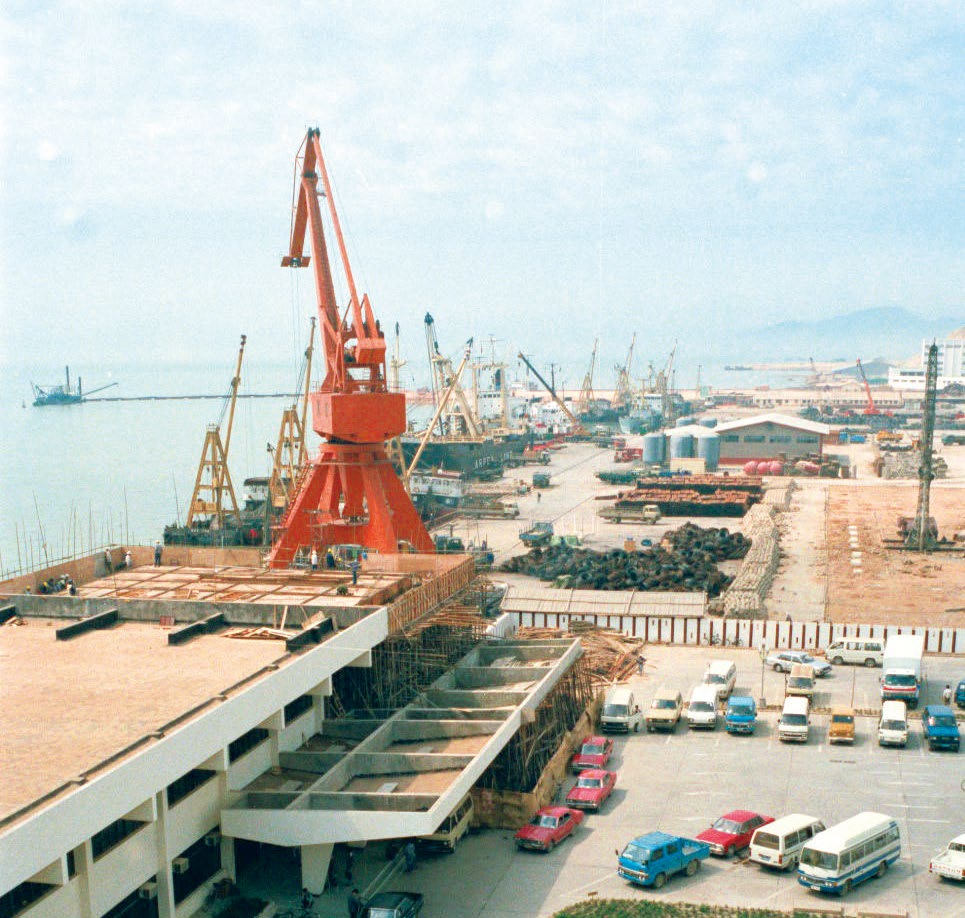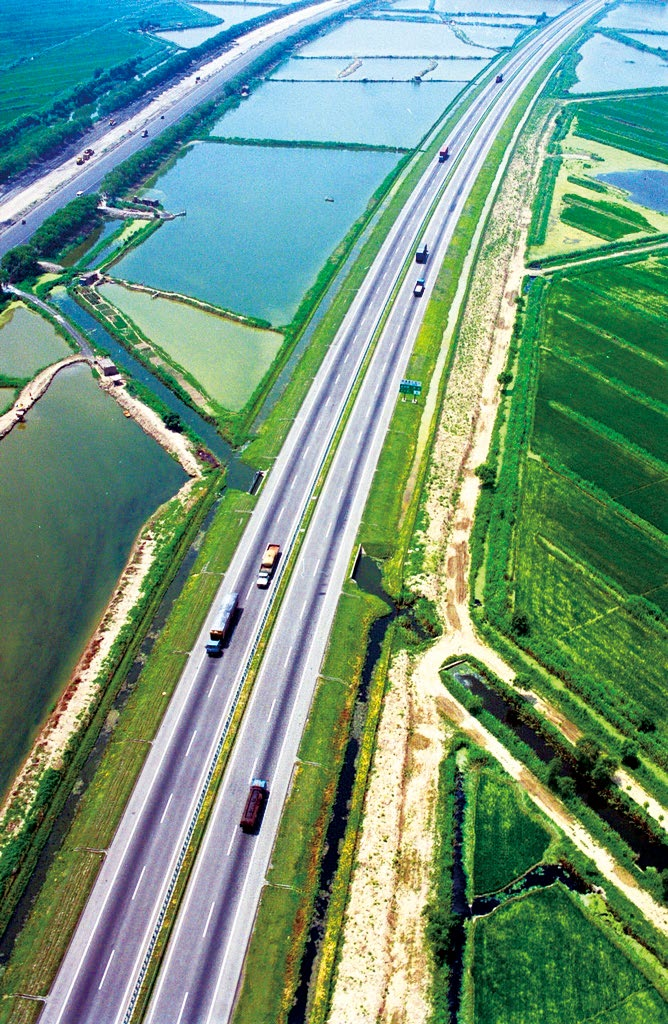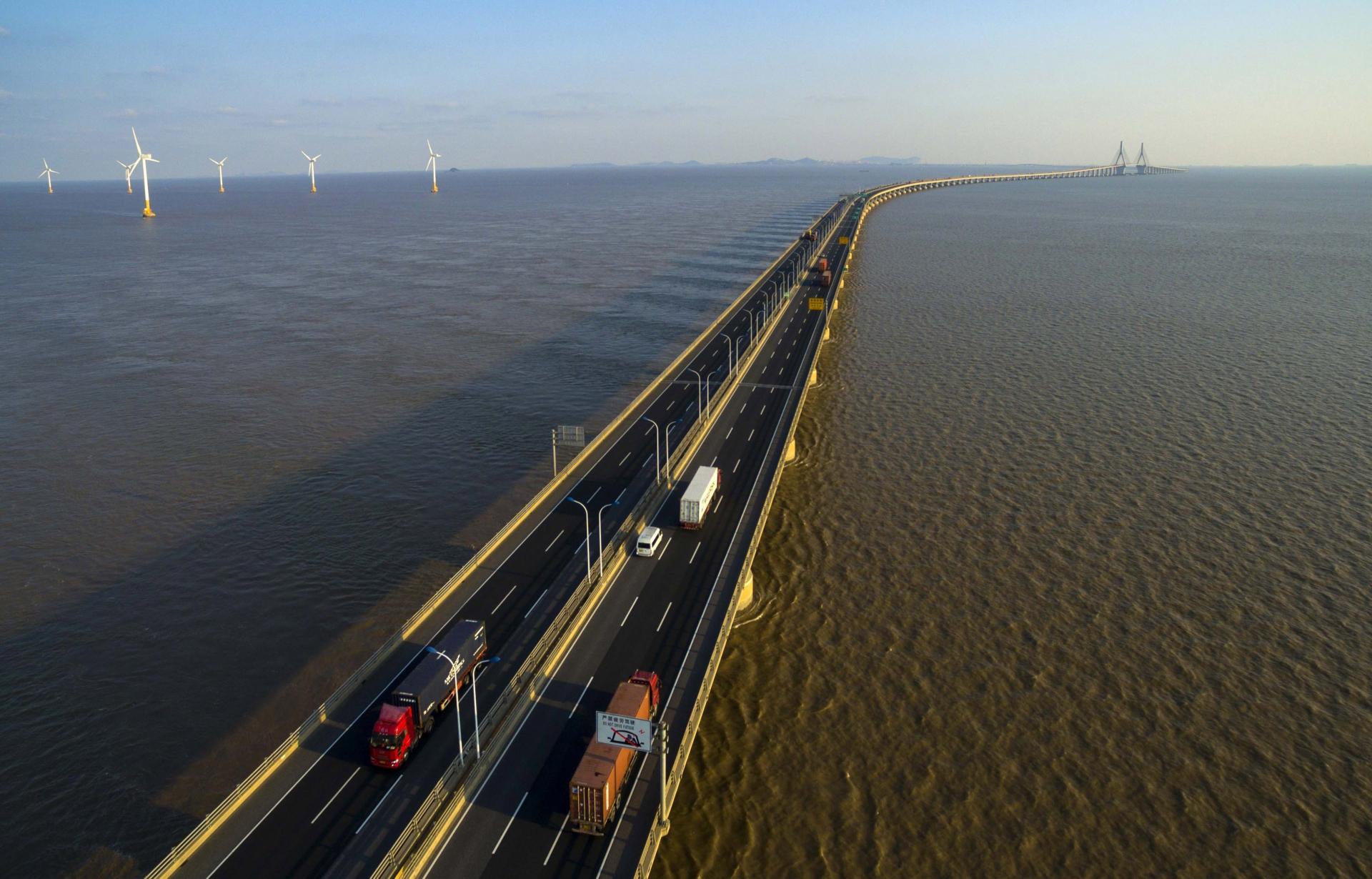
On Jan. 31, 1979, China decided to build the Shekou Industrial Zone, the country's first industrial zone open to foreign investment, in Guangdong Province. Shekou has become a window of China's opening up to the outside world, and the "Shekou Model" blazed a trail for the country's reform and opening up. The photo shows a wharf at the Shekou Industrial Zone.
BEIJING, Oct. 15 (Xinhua) -- In the period from 1978 to 2012, opportunities were seized to speed up transport development.
The reform and opening-up policies adopted in 1978 ushered in a new chapter of social and economic development in China, and the transport sector entered a phase of rapid development.
The Chinese government prioritized the development of transport and made pioneering trials in opening the transport market and setting up a social financing mechanism. "Where there is a river, there is a boat; Where there is a road, there is a vehicle." "All government departments, business sectors and various regions should make joint efforts, and state-owned, collective and private operators as well as all means of transport should be capitalized on." The initiatives greatly promoted the development of the transport sector.
China implemented an economic responsibility system with contracted work in its railway sector, and adopted three policies for highway construction, including allowing the building of highways with loans to be repaid with future tolls. Ports were the first to open up, enabling the shipping industry to go global. Civil aviation industry began to run on a commercial basis, and the modern postal service industry was developed.
A series of new records were set in the period, writing a new chapter of transport development.
The country carried out massive railway construction and raised its average railway speed six times in the period. Connecting the home of Tibetan antelopes, China completed the Qinghai-Tibet Railway, the world's highest railway. Hexie (Harmony) bullet trains witnessed the opening of China's first high-speed railway, the Beijing-Tianjin intercity high-speed railway. China has thus entered the "era of high-speed railway". The country's first expressway, the Shanghai-Jiading expressway opened to traffic in 1988. With booming highway construction, a national highway trunk line network consisting of five vertical lines and seven horizontal lines was completed ahead of schedule, and the rural road network was constantly upgraded. The roads have served as main arteries of economic expansion and the capillaries linking urban and rural areas. The Yangtze River estuary deep water channel improvement project, the world's largest and most complicated estuary improvement project, was completed in this period. Inland waterways were upgraded, and more docks and waterways were built and connected with each other. With megacities of Beijing, Shanghai and Guangzhou as the centers, China opened a series of trunk and feeder air routes, stepped up the introduction of aircraft from overseas and upgraded the planes at a faster pace, constantly expanding China's air fleet. After reform and innovative development, the postal service became more market-oriented, and moved fast toward modernization integrating the flows of business, logistics, capital and information.
Integrated transport hubs, rail-water transport, drop-and-pull freight transport and urban public transport were prioritized. Various means of transport were interconnected, and an integrated transport network took shape, continuously improving overall efficiency and comprehensive benefits.
China changed beyond recognition in this period. The transport sector became the bedrock of an interconnected and vibrant China at a stunning speed.

On Sept. 25, 1993, the 142.69-km Beijing-Tianjin-Tanggu Expressway opened to traffic. It is China's first expressway project across different provincial-level regions built with loans from the World Bank. It is also the first expressway in China built by international bidding in line with internationally used FIDIC clauses. The photo shows the Tianjin section of the Beijing-Tianjin-Tanggu Expressway.
(Contributed by Gu Shanshan, Wei Weihua, edited by Niu Huizhe)




 A single purchase
A single purchase









